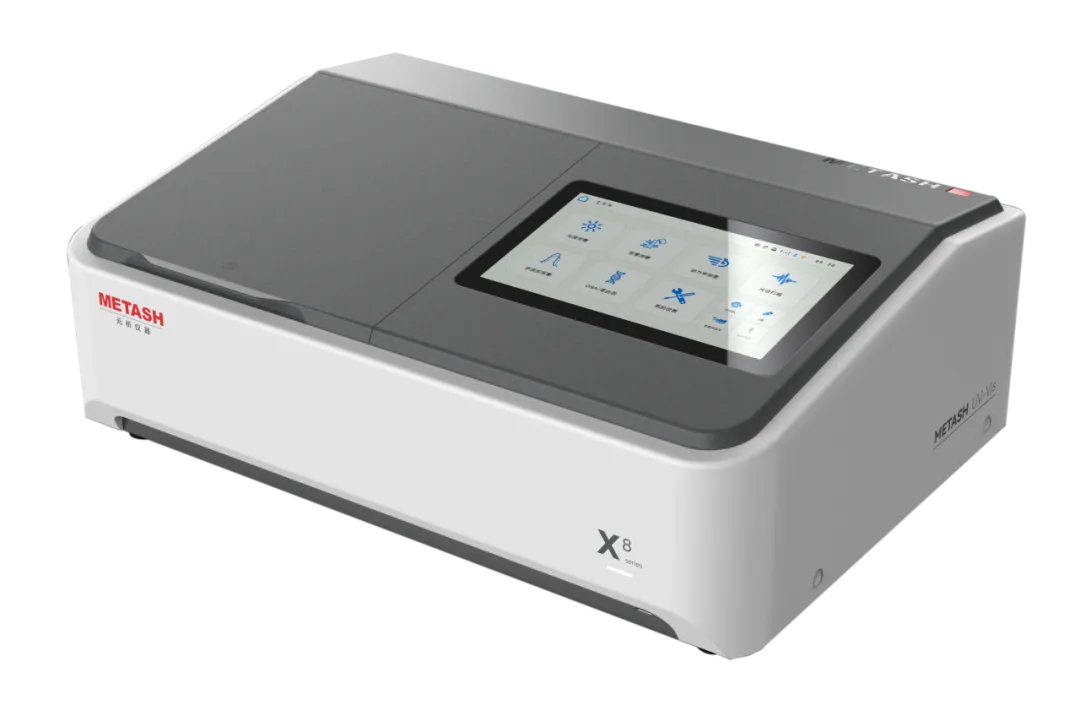- This topic is empty.
-
AuthorPosts
-
2025-10-29 at 2:44 pm #86831
Challenge of Copper-Containing Wastewater
With the rapid advancement of modernization and industrialization, a wide range of industries such as mining, chemical processing, smelting, printing, electroplating, coatings, plastics, electronics, and agriculture generate a significant amount of copper-containing wastewater annually. Copper ions, being a type of heavy metal, are difficult to degrade. The discharge of untreated copper-containing wastewater poses a severe threat to water bodies and soil. Moreover, while copper is an essential trace element for the human body, excessive copper intake can place a heavy burden on human organs, particularly the liver and gallbladder. In this blog post, Metash, one of the high performance UV spectrophotometer manufacturers, will share the role of dual beam uv vis spectrophotometer in treating copper-containing wastewater.
Current Treatment Technologies for Copper-Containing Wastewater
To address the environmental and health risks associated with copper-containing wastewater, various treatment technologies have been developed. These include both traditional treatment processes and innovative methods. Traditional methods often involve chemical precipitation, ion exchange, and membrane filtration, while newer approaches may include advanced oxidation processes and bioremediation techniques. Each method has its own advantages and limitations, and the choice of treatment technology depends on factors such as the concentration of copper ions, the volume of wastewater, and the specific industrial context.
Application of Dual Beam UV-Vis Spectrophotometry in Copper Ion Detection
In this study, we have adopted the HJ 486-2009 standard, "Water Quality – Determination of Copper – 2,9-Dimethyl-1,10-Phenanthroline Spectrophotometric Method," to measure the concentration of copper ions (Cu²⁺) in water samples. The instrument used for this purpose is the Shanghai Metash X-8 Touch Screen UV-Vis Spectrophotometer. This dual beam UV-Vis spectrophotometer is equipped with advanced features that ensure accurate and reliable measurements.

Experimental Results and Analysis
The results of our experiments indicate that the calibration curve for copper ions in the range of 0 to 1000 µg/mL exhibits excellent linearity, with a correlation coefficient (R²) greater than 0.999. This demonstrates the high precision and accuracy of the dual beam UV-Vis spectrophotometry method. The relative standard deviation of the test results is less than 3%, which further confirms the reliability of the measurements. Additionally, the recovery rate of copper ions in spiked water samples is 98.78%, indicating that the method is both sensitive and robust.
Advantages of Dual Beam UV-Vis Spectrophotometry Method
The dual beam UV-Vis spectrophotometry method offers several advantages for the detection of copper ions in wastewater. Firstly, it is a non-destructive and non-invasive technique, which means that the sample remains intact after analysis. This is particularly important for environmental monitoring and quality control applications. Secondly, the method is highly sensitive and can detect copper ions at very low concentrations. This is crucial for ensuring compliance with environmental regulations and for protecting public health. Thirdly, the dual beam design of the spectrophotometer compensates for any variations in the light source or detector, resulting in highly accurate measurements. Finally, the method is relatively simple and fast, making it suitable for routine analysis in industrial settings.
Conclusion
The dual beam UV-Vis spectrophotometry method, as demonstrated in this study, is an effective and reliable technique for detecting copper ions in wastewater. The use of the Shanghai Metash X-8 Touch Screen UV-Vis Spectrophotometer, in conjunction with the HJ 486-2009 standard, has proven to be a powerful tool for environmental monitoring and quality control. The method's high precision, accuracy, and sensitivity make it an ideal choice for industries that generate copper-containing wastewater. By adopting this method, industries can ensure that their wastewater discharges meet environmental standards, thereby protecting water resources and public health.
http://www.metashcorp.com
Metash -
AuthorPosts
- You must be logged in to reply to this topic.